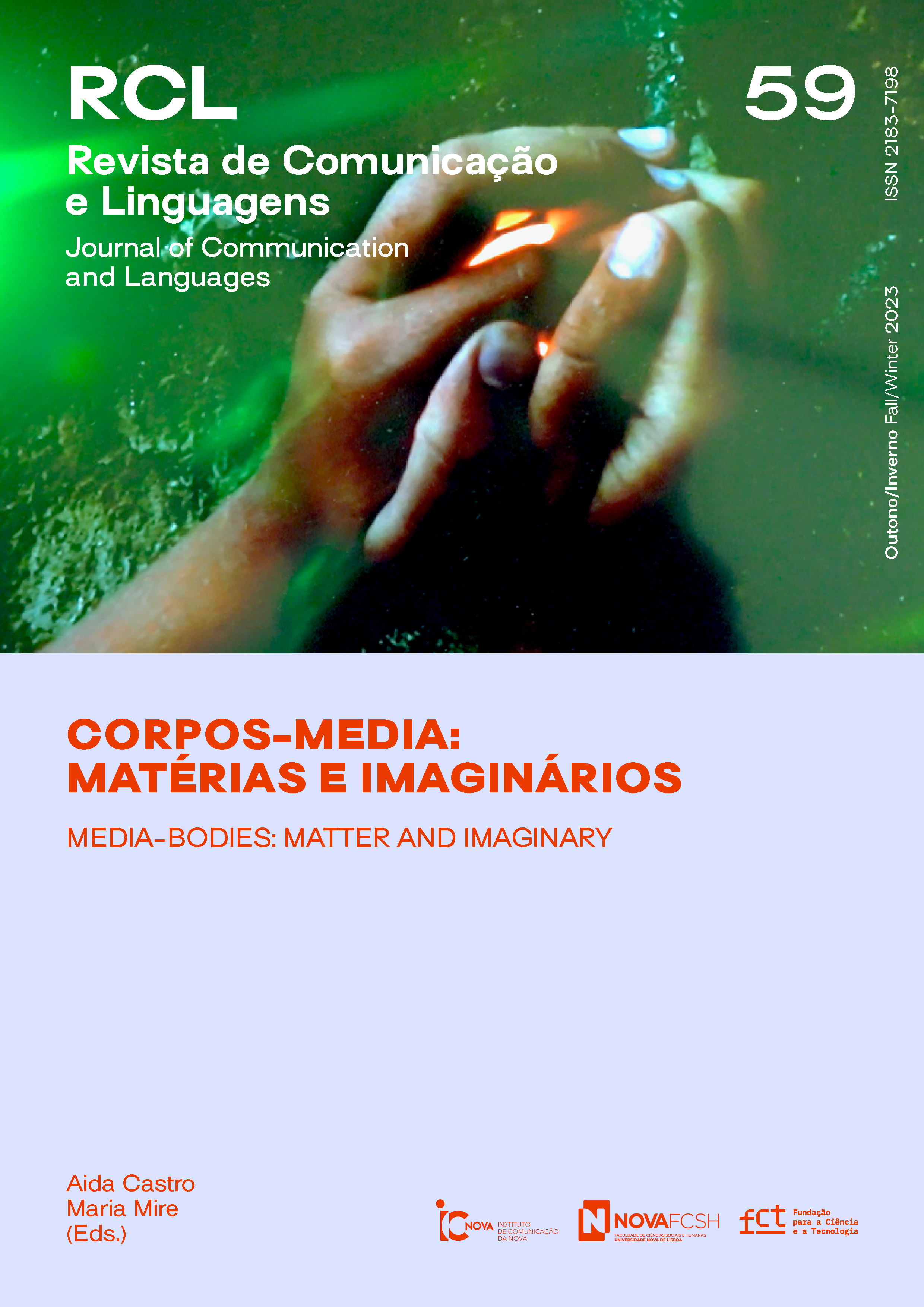Invisible architectures: a dystopian scenario of cyborg hybridization
Abstract
The concept of “invisible architecture” was developed by the media artist Juan Downey and refers to the invisible energy macrostructures –electromagnetic waves, radiation, seismic or radar vibrations, among others– that are deployed on the planet and that connect nature with technology. The aim of this article is to address the concept of invisible architecture around Juan Downey’s artistic practice and to expose his cybernetic vision through a dialogue with Marshall McLuhan’s postulates on the technological extensions of humanity, Lazlo Moholy Nagy’s discourse on the conflicts of technological progress, and Gilbert Simondon’s scientific notion of information that places humans and artificial beings one step away from a post-human hybrid entity. From the confrontation of these multiple visions emerges a discussion around a possible dystopian scenario of the future of humanity.
Copyright (c) 2023 Revista de Comunicação e Linguagens

This work is licensed under a Creative Commons Attribution-NonCommercial 4.0 International License.


